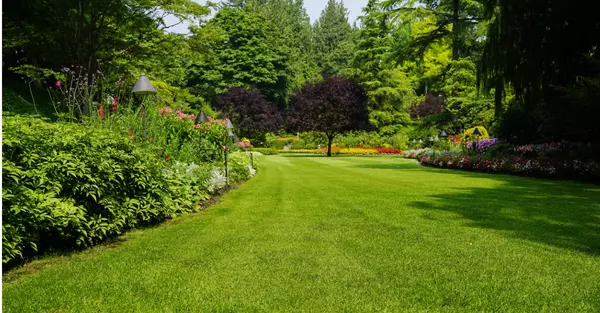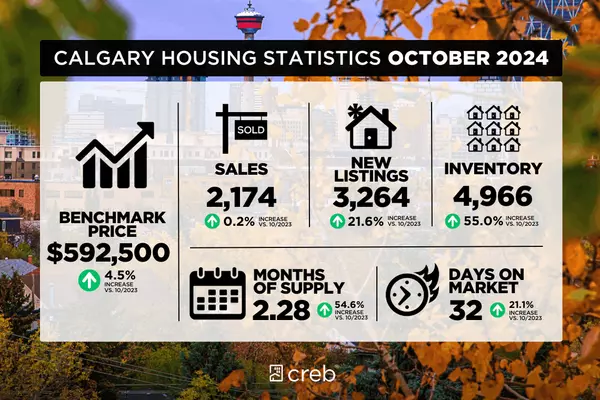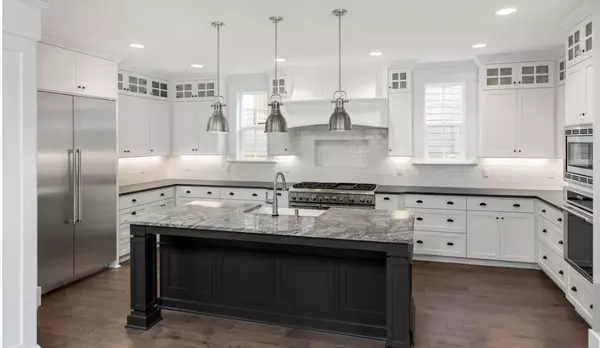
How Much Should You Put Toward a Down Payment?
Buying a first home is overwhelming, and the down payment can be the most intimidating part. Figuring out exactly how much you’ll need in order to enter the market will help you set a goal to save for, and understand exactly how much you’ll need before you can even start looking. What is it?A down payment is the minimum amount of money you are required to put down on your home. Since homes are too expensive for most people to purchase outright, the bank is willing to lend out the money so people can become homeowners—this is what a mortgage is. Before they will give it to you though, you have to invest in the home upfront. In Canada, the minimum amount for a down payment is five per cent of the value of the home you are purchasing. How much do I need?Many people put their entire savings into their down payment—but this is not a wise move. If the market crashes or you come into an unexpected expense, having no savings will become a major issue. Since owning a home comes with many unexpected expenses you will be responsible for, you’ll need money available for these repairs. While you’ll need to put down at least five per cent, putting in 20 per cent upfront (if you can do so and still have some savings left over) has its financial advantages. What about insurance?If you are putting down less than 20 per cent, you will have to pay for the Canadian and Mortgage Housing Corporation (CMHC) insurance, which protects the bank if you are suddenly unable to make your mortgage payment. The premium depends on how much you put down. If paying less than 10 per cent upfront, it’s a 4 per cent premium on the value of your home. If paying less than 15 per cent, it’s 3.1 per cent, and if paying less than 20 per cent, it’s 2.8. This will eat away at your equity fast if you’re not careful, which is why many choose to wait until they can afford to put 20 per cent down. Is borrowing for a down payment feasible?While this might seem like an easier way to get into an expensive market faster, it’s not a great idea. If you must borrow, do so from parents or family who are willing to help you. If you borrow for your down payment, you’ll have monthly payments on both your mortgage and the loan, and this will mean a substantial amount of your income is going to debt each month, leaving you house poor.

6 Things to Look for When Neighbourhood Shopping
Finding the right home to buy isn’t just about the home. Chances are you’ll be spending many years in the area, so home-buying is about finding the right neighbourhood too. In fact, some buyers look at neighbourhoods before looking at houses. Canada has many unique cities with even more diverse neighbourhoods. Here are six tips that might come in handy when deciding on the right neighbourhood for you and your family: Safe sidewalks. Are the sidewalks in good shape? If you and your family members are active and enjoy a nice walk now and then, neighbourhood sidewalks shouldn’t be in disrepair. Smells and sounds. Who wants to live next to a sewage plant? Or next to a busy highway on which transport trucks are being driven 24/7? Maybe those things aren’t important to some people, but you’ll probably want to avoid areas that are noisy or that perpetually smell terrible. Be careful about noisy neighbours and their pets, too. If they have three large dogs that bark most of the time, you might want to look elsewhere. Presence of police. This can either be a good or a not-so-good thing. Ask around about the safety of the neighbourhood. Is there a higher-than-normal crime rate? In this case, it’s best not to judge a book by its cover. Just because there are meticulously kept homes on tree-lined streets doesn’t mean the area is safe. Ask questions. Close to good schools. If you have or are planning to have children, area schools are a must to check out. Have a chat with neighbours, take in a school tour and attend a PTA meeting. Proximity to amenities and activities. Some neighbourhoods are little islands unto themselves with their own communities. You’ll want to make sure your little corner of the world has what you’re looking for: shops, perhaps a bar or two, a library, gas station, a rec centre for the kids, etc. The neighbourhood should work with you and your family’s lifestyle. Trees. Even if the neighbourhood is relatively new, there should be a fair number of trees planted. Not only do they provide shade, but they give an area a whole lot of charm. A mature, tree-lined street just seems to evoke happiness and a sense of peacefulness.

9 Things Usually Included in a House Sale
Buyers will usually stipulate in an offer what they want when it comes to things left in the house upon closing. There are some things, however, that are pretty standard when it comes to leaving them in a home. So, if you’re particularly fond of the chandelier in the entranceway, you might want to single that out in an offer as not being included when it comes to chattel. The following is a list of nine items that usually stay in a home for the new owners, unless otherwise stated: LandscapingAll plants, trees, flowering shrubs and the like stay with a home. If it’s in the ground, it should stay. Anything potted isn’t set in stone. If a purchaser sees something in the yard that isn’t rooted that he or she would like, it should be written into the offer. On the other hand, if you’ve just planted a gorgeous Canadian Maple in the front yard and want to move it to your new digs that, too, should be stipulated in the offer. Customized ThingsIf you’ve had draperies or blinds custom made, they should also be left. The same goes for shutters. HardwareYou can’t leave the purchaser with no way of opening doors, cupboards or drawers. If you installed fancy hardware that you’d like to keep, you’ll have to remove it and replace it with others before you move out. Built-InsThings like built-in bookshelves or furniture generally are left where they are. Literally ripping something off a wall won’t bode well with the purchaser. A built-in dishwasher should also stay. AlarmsHardwired alarm systems are considered to be a part of the property and should stay with the home. Wireless alarms are a different story—you can either leave them or take them. Pool/Spa Heating and FiltrationIf your home has a pool and/or a hot tub, then the systems are left in place, but not necessarily the equipment that goes with them like skimmers, vacuums, etc. But, it’s best that they’re written into the offer if you plan on taking them. Range Hood and CooktopMost homes usually have range hoods above their stoves. This should stay with the house, as should any built-in cooktop. Sprinkler SystemAn underground sprinkler system would be pretty hard to dig up, but it should definitely stay anyway. Curtain RodsThe rods stay, but the curtains aren’t a given. If you want to take window coverings, say so in the offer. As a general rule of thumb, unless the contract states otherwise, all fixtures and fittings stay with the house.
Categories
Recent Posts










